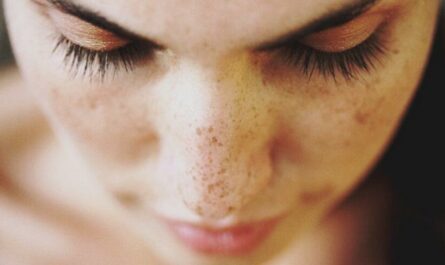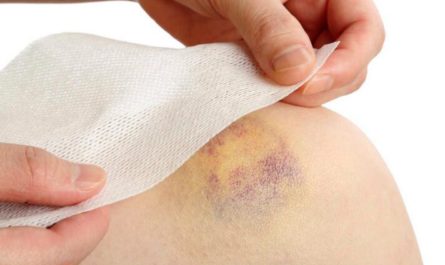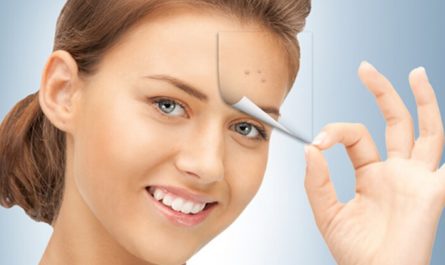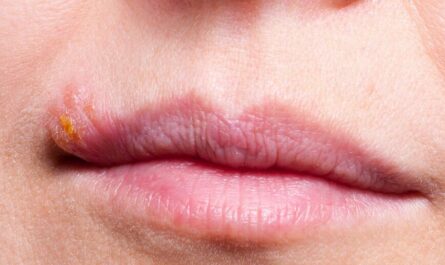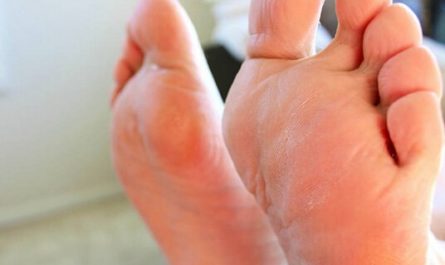Cystic acne is a severe and stubborn form of acne that can be challenging to treat. Unlike regular pimples, cystic acne develops deep within the skin, forming large, inflamed cysts that can be painful and lead to scarring. If you’re struggling with cystic breakouts, you may be hesitant to use harsh medications with potential side effects. Fortunately, there are numerous natural remedies that can help get rid of cystic acne from the inside out. In this article, we will explore 17 effective natural remedies for getting rid of cystic acne.
What is Cystic Acne?
Cystic acne, also known as nodulocystic acne, is the most severe form of acne vulgaris. It occurs when bacteria, excess oil, and dry skin cells become trapped in pores, causing infection and inflammation deep within the skin’s layers. This results in the formation of large, pus-filled cysts that can be tender to the touch and leave behind permanent scarring if not treated properly.
Unlike milder forms of acne, cystic acne is characterized by:
- Large, painful nodules or cysts under the skin’s surface
- Redness and swelling around the cystic lesions
- Potential for scarring if the cysts rupture or are picked
- Difficulty in clearing up without proper treatment
Cystic acne can occur on the face, chest, back, and other areas of the body. It is often more prevalent in adolescents and young adults but can affect people of any age.
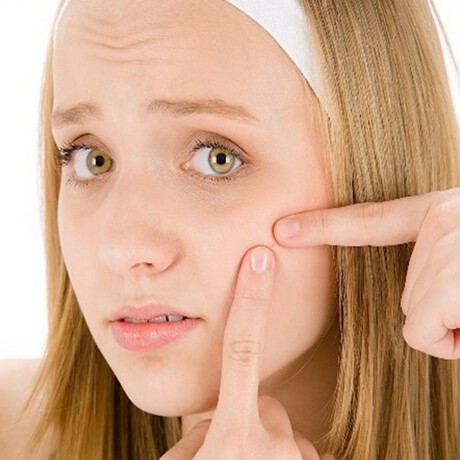
Causes of Cystic Acne
Several factors can contribute to the development of cystic acne, including:
- Hormonal imbalances: Fluctuations in hormones, particularly during puberty, menstrual cycles, pregnancy, and certain medical conditions. This can trigger excessive oil production and cystic breakouts.
- Genetics and family history: If your parents or siblings have struggled with cystic acne, you may be more prone to developing it as well due to inherited genetic factors.
- Stress: High levels of stress can disrupt hormone levels and exacerbate acne by increasing inflammation and oil production.
- Diet: A diet high in processed foods, dairy products, foods with a high glycemic index, and unhealthy fats has been linked to increased acne severity and inflammation.
- Certain medications: Some medications, such as corticosteroids, lithium, anabolic steroids, and certain birth control pills. They can contribute to the development of cystic acne as a side effect.
- Picking or popping pimples: Squeezing or picking at pimples can push bacteria and debris deeper into the skin. This will lead to more severe cystic breakouts and potential scarring.
- Environmental factors: Exposure to pollution, harsh skincare products, and excessive sweating can clog pores and exacerbate cystic acne.
17 Best Natural Remedies for Cystic Acne
1. Tea Tree Oil
Tea tree oil is a powerful natural remedy for cystic acne due to its proven antibacterial, anti-inflammatory, and antimicrobial properties. It can help kill acne-causing bacteria, reduce inflammation, and unclog pores.
Tea tree oil contains terpenes-4-ol, a compound that is effective against Propionibacterium acnes, the bacteria responsible for acne breakouts.
To use tea tree oil for cystic acne, dilute it with a carrier oil like jojoba or coconut oil to prevent skin irritation. Start with a low concentration (e.g., 5-10 drops of tea tree oil per 1 tablespoon of carrier oil) and gradually increase as needed. Apply the diluted mixture directly to the affected areas using a cotton ball or your fingertips.
It’s important to do a patch test before using tea tree oil, as some individuals may experience skin sensitivity or allergic reactions.
2. Aloe Vera
Aloe vera is a soothing and healing plant that can help reduce inflammation and redness associated with cystic acne. It contains antioxidants like vitamins C and E, as well as antimicrobial compounds like salicylic acid. This can help fight acne-causing bacteria.
To use aloe vera for cystic acne, simply extract the gel from an aloe vera leaf and apply it directly to your cystic pimples. You can also purchase aloe vera gel products specifically formulated for skincare. Leave the gel on for 20-30 minutes before rinsing with cool water.
Aloe vera can be used as a spot treatment or as an all-over face mask to soothe and calm inflamed skin.
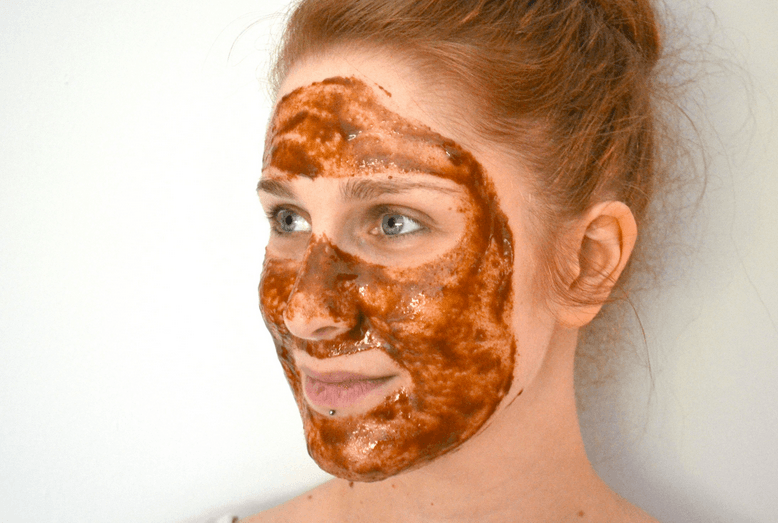
3. Honey
Honey is a natural antibacterial and anti-inflammatory agent that can be effective in treating cystic acne. Its sticky consistency helps absorb and flush out pore-clogging oils. Its enzymes and antioxidants fight bacteria and soothe inflammation.
Look for raw, unprocessed honey, such as Manuka honey or buckwheat honey, as these varieties have higher levels of antibacterial and anti-inflammatory compounds. You can apply honey directly to cystic pimples as a spot treatment or use it as a face mask by mixing it with other natural ingredients like cinnamon or turmeric.
To use honey as a face mask, simply apply a thin layer of raw honey to clean, dry skin and leave it on for 15-20 minutes before rinsing with warm water.
4. Apple Cider Vinegar
Apple cider vinegar can help balance the skin’s pH and kill acne-causing bacteria. Its acidic nature also helps dry out cystic pimples and prevent further breakouts. Apple cider vinegar contains acetic acid, which has antimicrobial and anti-inflammatory properties that can help reduce the severity of cystic acne.
To use apple cider vinegar for cystic acne, dilute it with water in a 1:3 ratio to avoid skin irritation. Apply the diluted solution to affected areas using a cotton ball or spray bottle. Leave it on for 10-15 minutes before rinsing with cool water.
You can also add a few tablespoons of apple cider vinegar to your bathwater for a soothing and detoxifying soak.
5. Green Tea
Green tea is rich in antioxidants like epigallocatechin gallate (EGCG). This can help fight inflammation and bacteria that contribute to cystic acne. EGCG has been shown to have antibacterial effects against Propionibacterium acnes, the bacteria responsible for acne breakouts.
You can consume green tea or apply cooled green tea bags directly to cystic pimples for a soothing and anti-inflammatory effect. To make a green tea toner, steep a few green tea bags in hot water, let it cool, and then apply the cooled tea to your face using a cotton ball.
Drinking green tea can also provide internal benefits by reducing inflammation and promoting overall skin health.
6. Zinc
Zinc is an essential mineral that can help reduce inflammation and bacterial growth, both of which are key factors in cystic acne. It also helps regulate hormones that can trigger cystic breakouts.
You can increase your zinc intake through supplements or by consuming zinc-rich foods like oysters, beef, pumpkin seeds, cashews, and spinach. However, it’s important to consult with a healthcare professional before taking zinc supplements, as excessive zinc intake can lead to side effects.
Topical zinc products, such as zinc oxide creams or serums, can also be effective in treating cystic acne by reducing inflammation and promoting wound healing.
7. Probiotics
Probiotics can help improve gut health, which in turn can reduce inflammation and acne-causing hormonal imbalances. A healthy gut microbiome is essential for maintaining clear skin, as gut dysbiosis has been linked to various skin conditions, including acne.
Try to look for probiotic supplements containing strains like Lactobacillus and Bifidobacterium, or consume probiotic-rich foods like yogurt, kefir, sauerkraut, and fermented vegetables.
Probiotics can help regulate inflammation, improve nutrient absorption, and support a healthy immune system, all of which can contribute to clearer skin.
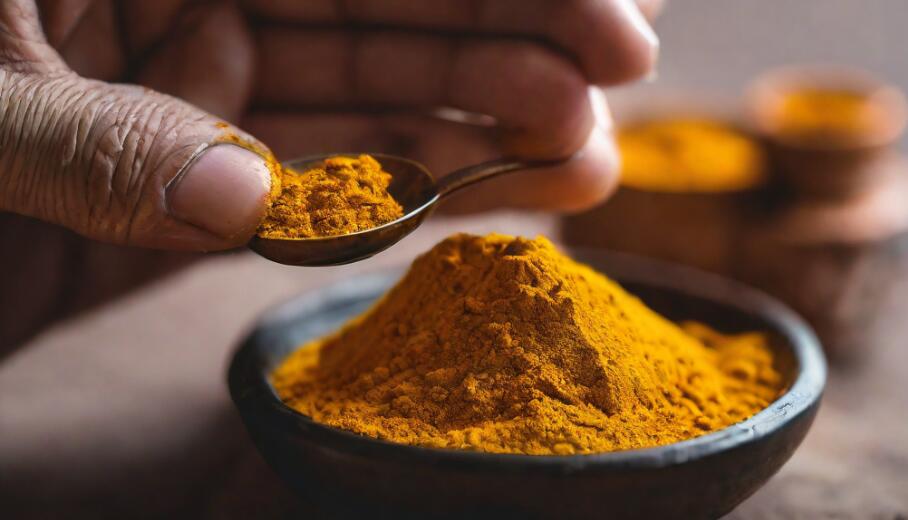
8. Turmeric
Turmeric is a powerful anti-inflammatory and antibacterial spice that can be effective in treating cystic acne. Its active compound, curcumin, has been shown to reduce inflammation and fight acne-causing bacteria.
You can make a turmeric face mask by mixing turmeric powder with honey, yogurt, or aloe vera gel and applying it to your face. Leave the mask on for 15-20 minutes before rinsing with warm water.
Alternatively, you can consume turmeric in your diet by adding it to smoothies, curries, or other dishes. Combining turmeric with black pepper can enhance its bioavailability and effectiveness.
9. Witch Hazel
Witch hazel is a natural astringent that can help dry out cystic pimples and reduce inflammation. It contains tannins that have antibacterial properties. This makes it an effective treatment for cystic acne.
To use witch hazel for cystic acne, look for an alcohol-free witch hazel toner or extract. Apply it to affected areas using a cotton ball or add it to your daily skincare routine as a toner.
Witch hazel can also be used as a spot treatment by applying it directly to cystic pimples with a cotton swab. Its astringent properties can help dry out the cysts and prevent further breakouts.
11. Cinnamon
Cinnamon has antimicrobial and anti-inflammatory properties that can help fight cystic acne. It contains cinnamaldehyde. This is a compound that has been shown to have antibacterial effects against Propionibacterium acnes.
You can consume cinnamon in your diet by adding it to smoothies, oatmeal, or baked goods, or make a cinnamon face mask by mixing cinnamon powder with honey or yogurt and applying it to your face.
To use cinnamon as a spot treatment, mix a small amount of cinnamon powder with water or honey to form a paste and apply it directly to cystic pimples. Leave it on for 10-15 minutes before rinsing with cool water.
12. Baking Soda
Baking soda is a gentle exfoliant that can help absorb excess oil and remove dead skin cells that can clog pores and contribute to cystic acne. It also has antibacterial and anti-inflammatory properties, making it an effective natural treatment for cystic breakouts.
To make a baking soda scrub, mix equal parts baking soda and water (or honey for a more moisturizing scrub) and gently massage it onto your face using circular motions. Rinse with cool water and follow up with a moisturizer.
You can also use baking soda as a spot treatment by making a paste with water and applying it directly to cystic pimples. Leave it on for 10-15 minutes before rinsing.
13. Oatmeal
Oatmeal is a soothing and gentle ingredient that can help reduce inflammation and irritation associated with cystic acne. It contains compounds called avenanthramides.It has anti-inflammatory and antioxidant properties.
To make an oatmeal mask, grind plain oats into a fine powder and mix it with water or yogurt to form a paste. Apply the mask to your face and leave it on for 15-20 minutes before rinsing with cool water.
You can also add oatmeal to your bathwater for a soothing and anti-inflammatory soak, which can help calm inflamed cystic pimples.
14. Lemon Juice
Lemon juice is high in vitamin C, which can help fight acne-causing bacteria and reduce inflammation. It also acts as a natural astringent and exfoliant, helping to unclog pores and dry out cystic pimples.
To use lemon juice for cystic acne, dilute it with water in a 1:1 ratio to avoid skin irritation. Apply the diluted lemon juice to affected areas using a cotton ball or spray bottle. Leave it on for 10-15 minutes before rinsing with cool water.
You can also add a few drops of lemon juice to your face mask or toner for an extra antibacterial and exfoliating boost.
15. Garlic
Garlic has antibacterial, antifungal, and anti-inflammatory properties that can be effective in treating cystic acne. It contains allicin, a compound that has been shown to have antimicrobial effects against Propionibacterium acnes.
To use garlic for cystic acne, you can consume it in your diet by adding it to meals or taking garlic supplements. Alternatively, you can make a garlic spot treatment by crushing a clove of garlic and applying the juice directly to cystic pimples.
For a garlic face mask, mix crushed garlic with honey or yogurt and apply it to your face, leaving it on for 15-20 minutes before rinsing.
16. Coconut Oil
Coconut oil contains antimicrobial and antibacterial fatty acids that can help fight acne-causing bacteria. It also moisturizes the skin without clogging pores, making it an effective spot treatment for cystic acne.
Look for virgin or cold-pressed coconut oil and apply it directly to cystic pimples as a spot treatment. You can also use coconut oil as a gentle makeup remover or moisturizer, as it can help balance the skin’s natural oil production.
To make a coconut oil face mask, mix it with other natural ingredients like honey, turmeric, or oatmeal and apply it to your face for 15-20 minutes before rinsing.
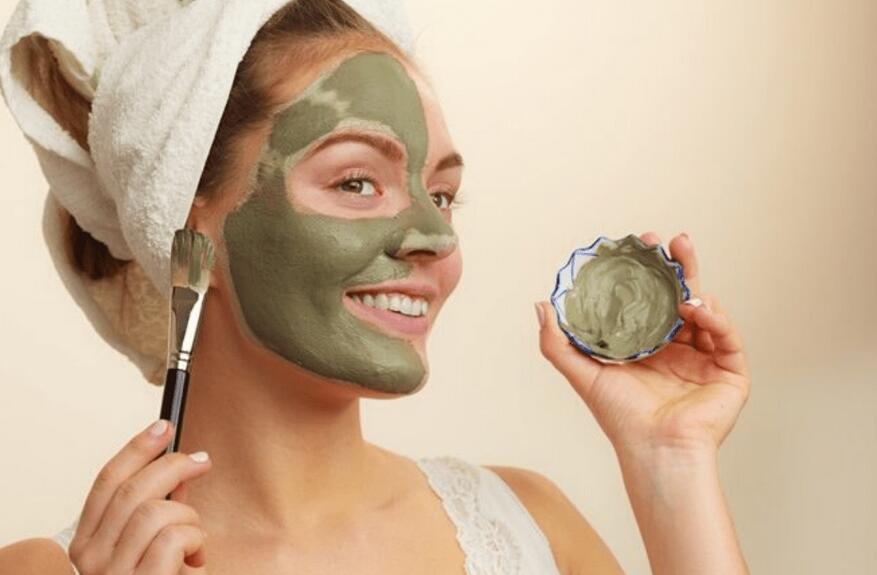
17. Clay Masks
Clay masks can help absorb excess oil and draw out impurities from the skin, making them an effective treatment for cystic acne. Different types of clay, such as bentonite, kaolin, and French green clay, can be used to make DIY clay masks.
To make a clay mask, mix the clay powder with water, apple cider vinegar, or green tea and apply it to your face, leaving it on for 10-15 minutes before rinsing. You can also add other natural ingredients like honey, turmeric, or tea tree oil to enhance the mask’s benefits.
Clay masks can be used once or twice a week as part of your skincare routine to help control oil production and prevent cystic breakouts.
Lifestyle Tips to Prevent Cystic Acne
In addition to using natural remedies, adopting a healthy lifestyle can help prevent and manage cystic acne:
- Eat an anti-inflammatory diet: Focus on consuming whole, nutrient-dense foods like fruits, vegetables, lean proteins, and healthy fats. Avoid processed foods, sugary drinks, and foods high in refined carbohydrates, which can contribute to inflammation and hormonal imbalances.
- Manage stress: Chronic stress can disrupt hormone levels and exacerbate acne. Practice stress-reducing activities like exercise, meditation, yoga, deep breathing exercises, or engaging in hobbies you enjoy.
- Don’t pick or pop pimples: As tempting as it may be, picking or popping cystic pimples can push bacteria deeper into the skin and lead to further inflammation, infection, and scarring.
- Use non-comedogenic skin care products: Look for oil-free, non-comedogenic (non-pore-clogging) skin care products to avoid exacerbating cystic acne. Opt for gentle, fragrance-free products that won’t irritate your skin.
- Stay hydrated: Drinking plenty of water can help flush out toxins, promote healthy skin, and support overall bodily functions that can impact acne.
- Exercise regularly: Regular physical activity can help reduce stress, improve circulation, and promote healthy hormone levels, all of which can contribute to clearer skin.
- Get enough sleep: Adequate sleep is essential for overall health and can help regulate hormone levels, which can impact acne severity.
- Manage hormonal imbalances: If you suspect that hormonal imbalances are contributing to your cystic acne, work with a healthcare professional to address any underlying conditions, such as polycystic ovary syndrome (PCOS) or thyroid disorders.
When should You consult a dermatologist?
You should consult a dermatologist for cystic acne under various circumstances, including:
- Severe Symptoms: If you have cystic acne with large, painful, and deep cysts that are causing significant pain, inflammation, and scarring.
- Persistent Acne: When over-the-counter acne treatments haven’t provided relief or if your cystic acne keeps returning.
- Risk of Scarring: If you’re concerned about scarring, cystic acne is more likely to leave permanent scars.
- Emotional Impact: If your cystic acne is affecting your self-esteem, causing emotional distress, or impacting your daily life.
- Systemic Symptoms: If you experience unusual symptoms such as fever, fatigue, or a general feeling of being unwell in conjunction with your cystic acne.
- Pregnancy or Nursing: If you are pregnant or nursing, the treatment options for cystic acne may need to be adjusted to ensure safety.
Cystic acne is a serious skin condition that can significantly impact a person’s self-esteem and quality of life. If you suspect you have cystic acne, it’s important to seek the advice of a dermatologist or healthcare professional.

